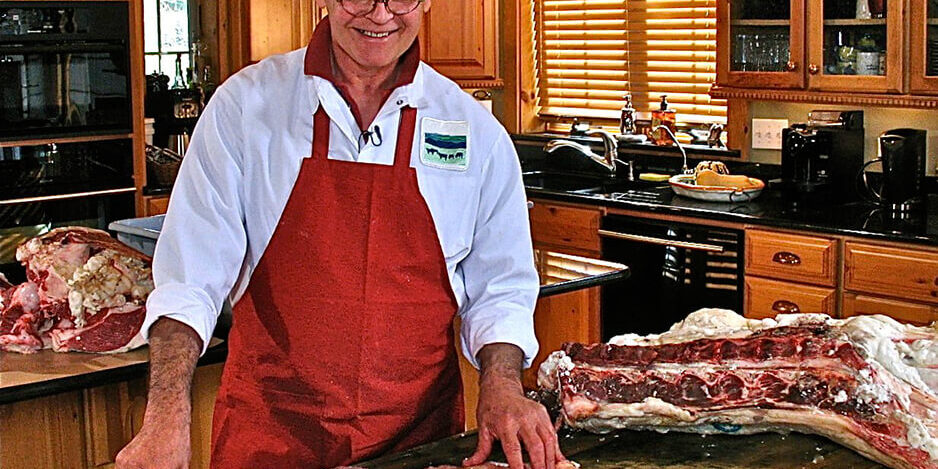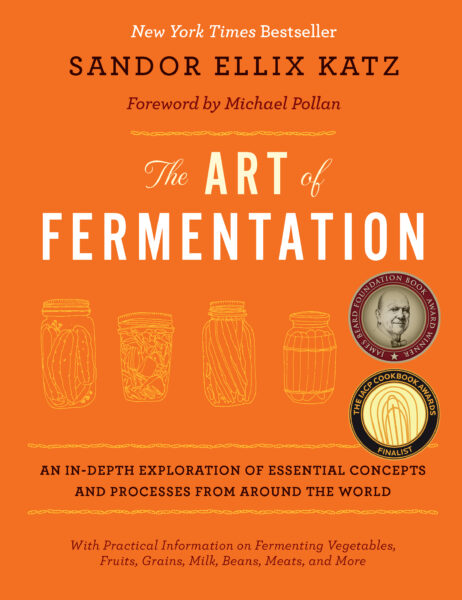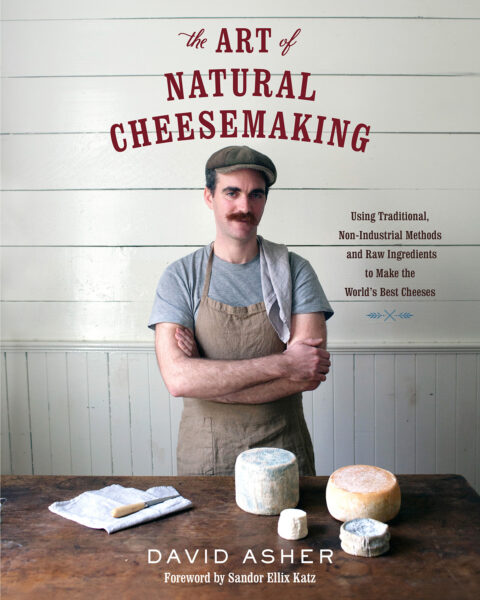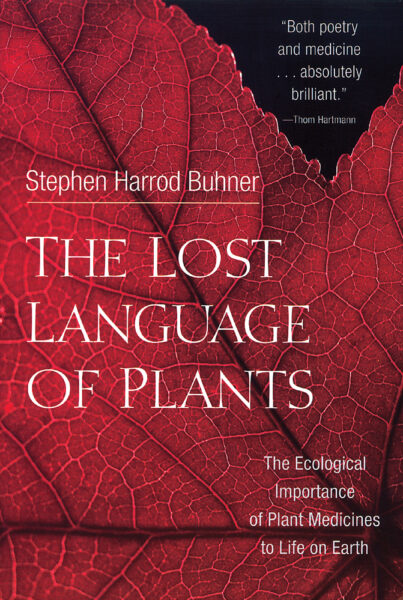Butchery: Reclaiming the Lost Culinary Art

Do you know a butcher? Chances are, the answer is “no.”
True butchery has become a lost art, and many people have no idea how an animal gets from the pasture to their plate.
In The Gourmet Butcher’s Guide to Meat, master butcher Cole Ward aims to revive this traditional culinary art that is an often overlooked, but vitally important, aspect of the farm-to-table movement.
“A good butcher is an ethical professional who knows the provenance of his or her meats,” Ward writes in the book’s introduction. “I want to give everyone an understanding and appreciation of my craft and its culinary artists, and I want to celebrate and support our struggling small farmers and quality-meat producers. So my mission is nothing less than to bring back culinary butchery—a craft that we must never lose.”
Throughout the book, Ward debunks ten common myths about meat:
- All butchers and meat-cutters are the same.
- Eating meat has nothing to do with being human.
- The more you pay for a cut of meat, the better it will be.
- Farmers are not very sophisticated (they live in the country, after all).
- Meat just happens.
- If it’s in your supermarket, you can trust it.
- Cattle can’t digest grain.
- Pigs are dirty.
- Sheep are stupid.
- Chickens are dumb.
More importantly than busting these common myths, Ward teaches readers how they can butcher an entire animal—a skill that has been lost on many homesteaders and culinary enthusiasts. His book includes an 800-slide CD that provides step-by-step images illustrating how to cut up a side of beef or pork, and a whole lamb or chicken.
The Gourmet Butcher’s Guide to Meat slideshow by Chelsea Green Publishing
Written with Ward’s trademark humor and insight, The Gourmet Butcher’s Guide to Meat is the ultimate guide to traditional butchery. It includes recipes, a detailed glossary, and information on:
• The real definition, work, and role of a culinary butcher;
• The roots of butchery from prehistory to modern times;
• What goes on behind the scenes at meat markets large and small;
• The truth behind meat-marketing claims of “organic,” “natural,” “free-range,” “grass-fed,” and “pasture-raised”; and,
• Processing your own meat, including what you’ll need in terms of tools, safety training, and preparation.
After reading Ward’s book you’ll not only be able to ask your local butcher key questions to determine the provenance of what’s going on your plate, but what to look for in a cut of meat, and tips on how to start cutting up meat at home for your family.
So, get those knives sharpened up – and get cutting.
The Gourmet Butcher’s Guide to Meat (with CD): How to Source it Ethically, Cut it Professionally, and Prepare it Properly is available now and on sale for 25% off until Feb. 15. Read an excerpt below.
Recent Articles
Asparagus is a delicious vegetable with a layered history. How did this aspiring spear make its way from growing in the wild to appearing on our plates? The following is an excerpt from the The Seed Detective by Adam Alexander. It has been adapted for the web. “Nature gives us the key to every secret…
Read MoreInterested in growing trees? Here are some tips on successfully planting, transplanting, and pruning trees to create a flourishing forest garden! The following is an excerpt from The Home-Scale Forest Garden by Dani Baker. It has been adapted for the web. Planting Potted Trees and Shrubs If you order potted trees, check with your supplier to…
Read MoreChances are, you’ve seen cattails growing on the edge of your local lake or stream at least once or twice. Instead of just passing these plants, try foraging for and cooking them to create delicious seasonal dishes! The following excerpt is from The New Wildcrafted Cuisine by Pascal Baudar. It has been adapted for the…
Read MoreWith the right strategies and practices, composting on a small farm is surprisingly easy and inexpensive. Just follow these steps for making compost, and your farm will be thriving in no time! The following excerpt is from The Lean Farm Guide to Growing Vegetables by Ben Hartman. It has been adapted for the web. (All photographs by Ben…
Read MoreGarlic mustard: while known as “invasive,” this plant can be consumed in its entirety and has great nutritional value. Plus, the garlic-flavor is a perfect addition to any recipe that calls for mustard! The following are excerpts from Beyond the War on Invasive Species by Tao Orion and The Wild Wisdom of Weeds by Katrina…
Read More








